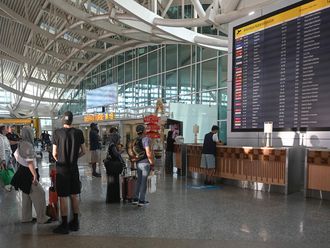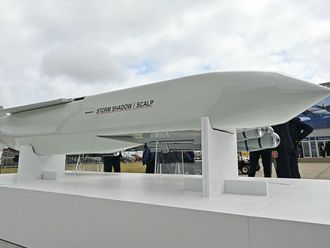Canberra: A plan to rely on biometric recognition to further automate airport border processing raises privacy and ethical concerns about data security, according to an expert.
But another information security analyst says the plan — which would involve 90 per cent of passengers being processed through Australian airport immigration without human involvement — would not present any more privacy concerns than current border control regimes.
The Department of Immigration and Border Protection is tendering for a company to provide it with an “automated processing solution” to support its “seamless traveller” plan, which would allow for the automated processing of passengers using biometric identification.
Tender documents say 90 per cent of passengers would go through automated processing points, which would rely on biometric capturing “including but not limited to facial, iris and fingerprints”.
The department said it was expecting incoming air passengers to Australia to increase dramatically in coming years, and wanted to ensure they could move seamlessly through airports without compromising border security.
However, University of Wollongong tech and biometrics expert Prof Katina Michael said such technology had not been proven to have improved security or airport efficiency. Michael said the plan posed a risk to individual privacy and raised ethical dilemmas that had not been properly explained to the public.
“We are steam-training right through all of these technological transitions and we’re not really thinking about the ramifications,” she said.
“Even if the system works, is that ethical to impose this system on the entire populace, without even asking them? I see the perceived benefit, but what I do know is that there will be real costs, human costs, not only through the loss of staff through automation, but also through discrimination of people who may appear different.”
Michael said recent threats to the security of government-held data such as the census failure should raise real concerns about the storage of biometric data en masse.
“I am worried about theft, I don’t buy the story that your data is safe. I think we’ve become almost complacent ‘oh there’s been another data breach. Oh they hacked in and stole the data’,” she said. “Is the next phase of roll-out going to be ‘oh my e-health records were taken’, ‘oh my biometrics at border control were taken’?” But others have played down concerns about the government’s plan. Information security expert and reporter Patrick Gray said airport passengers were already the subject of heavy surveillance and biometric testing. Gray said the government’s plan appeared to simply make the recognition process less clunky than the current SmartGate systems used in Australian airports. “Airports are already among the most surveilled places on the planet,” Gray said. “The time to be worrying about this is when someone seriously proposes running live facial recognition against CCTV in public places like city streets and train stations with insufficient oversight on use. Then we’ve got a problem,” he said. “Better, highly-automated facial recognition is going to be a massive privacy issue one day, but the technology at least makes sense in airports.” According to tender documents, the government wants to replace the incoming passenger card, eliminate the need for physical tickets at border control, and allow some passengers to travel using contactless technology, which would remove the need to present a passport. Manual marshal points for triaging passengers would be removed, and replaced with more automated processes. The technology would be trialled at Canberra airport, and later deployed at nine Australian airports.












